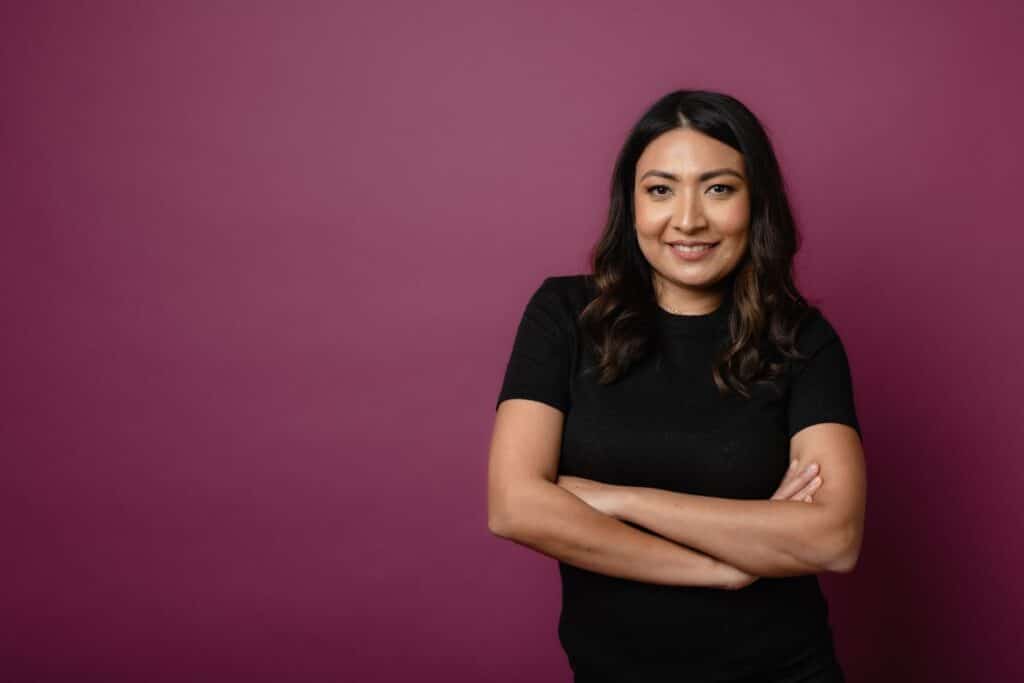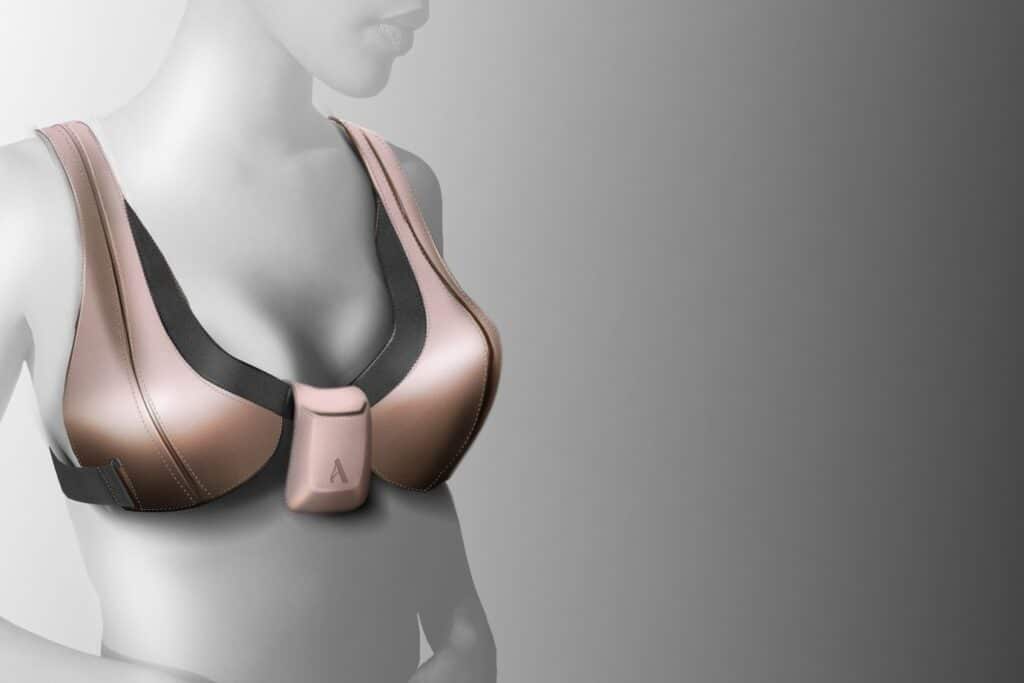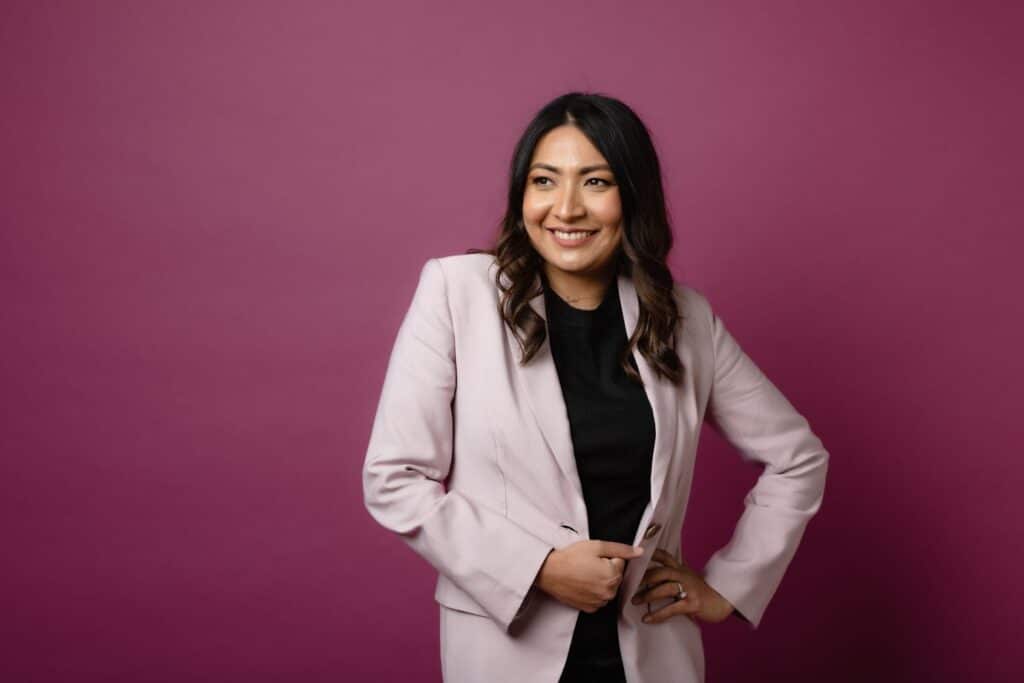Before Desiree D’Cruz had her first baby in 2017, there was one thing that worried her more than anything: breastfeeding.
“I didn’t know what breastfeeding was,” she told Women’s Agenda. “I was actually nervous that I couldn’t produce it.”
D’Cruz decided to go to a lactation consultant to help prepare her for when her baby arrived. But the more she spoke with other mothers in Australia, the more she realised how little women knew about breastfeeding.
“It’s not just based on instinct. Maybe an element of it can be… but a lot is educated and taught,” she said.
“Not everyone realised that it would be better for them to seek professional help and advice from the beginning.”
Whilst breastfeeding is every mother’s own decision, the World Health Organisation (WHO) recommends exclusive breastfeeding up until the baby is six months old, and suggests feeding the infant breast milk, along with other nutrients, until the baby is two years old.
D’Cruz’s experience as a new mum and the experiences she learned from other mums drove her to starting her femtech, medtech start-up, Acegirl, in 2022. Now, she is developing a prototype for a wearable breast pump for new mothers returning to work and wanting to continue breastfeeding.
Her product, SOFT, aims to give women a comfortable breast pump, destigmatising breastfeeding and breast pumping.
“If the system is not designed for breast pumping at work, maybe we can fix it at the product level,” D’Cruz said.

What is a breast pump?
It’s perfectly normal for a new mother to feel worried about the concept of breastfeeding, D’Cruz said.
“Being pregnant, breastfeeding – these are all new experiences, new transitions, and what that brings is a level of anxiety, nervousness,” she said.
“Because you’re entering the unknown, and it’s one of those things that you might hear or read about, but it’s not until you go through it yourself that you fully understand.
“Your body is also adjusting. Every body is different.”
Breastmilk is produced by a “supply and demand equilibrium”, D’Cruz explained. When they are at home with the baby, the breasts will produce as much milk as the baby needs.
But when the mother returns to work, without their baby, the breasts could stop producing milk.
“That’s where the breast pump comes in,” D’Cruz said.
“If you want to maintain your milk supply, you have to pump the same number of times that the baby would have breast fed at home.
“Generally, in the 9-5 period, babies breastfeed at least two or three times a day.”
The problem
Breastfeeding is becoming less stigmatised for those who choose to pump when they return to work.
“Some will want to stay at home – which is fine, it’s a choice – but many women go back to work these days with rising cost of living and rising house prices,” D’Cruz said.
“Also lots of women just want to go back to work for their mental sanity – just to have adult conversations and use your brain like you used to.”
However, a study in 2023 revealed women found pumping “difficult”, “time consuming” and “unpleasant” compared with breastfeeding at home with the baby.
The respondents to the survey said having a space where women felt comfortable in the workplace was vital to pump and therefore maintain breastfeeding.
But, as D’Cruz pointed out, this isn’t always possible for some women, particularly for women who work in environments like hospitals, schools and public transport.
“Not everybody has the opportunity to have a scheduled time and a private space to continue pumping two or three times,” she said.
“I see that as problematic, because breastfeeding is a human right – it shouldn’t be a luxury.”
D’Cruz experienced this herself when she returned to work after her first baby.
“Personally, I wanted to continue breastfeeding and personally, I was always somebody who really loved my career,” she said,
“But what I saw in front of me during this stage was having to choose one or the other.
“I refused to accept that.”
The solution
In 2022, D’Cruz launched Acegirl, a medtech start-up focusing on helping women, who choose to, continue breastfeeding and breast pumping when they return to work.
“A lot of women are using their return-to-work date as a mental date to stop breastfeeding,” D’Cruz said. “Even though they may have wanted to continue it for longer.”
Her product, SOFT, revolutionises the current medical-device-style designs of regular breast pumps that are “bulky” and “mechanical”, which women feel like they have to hide.

Instead, SOFT is a discreet, wearable breast pump, a hands-free way for women to pump without having to find a closed-off area at work. The design of the product also mimics a baby’s latch, making the process as comfortable as possible.
At Acegirl, D’Cruz is working on the prototype of SOFT, in partnership with Flinders University. Her product has been praised and has taken her to the final round of the Kickstarter Challenge award, run by the Accelerator for Enterprising Women.
Along with four other shortlisted finalists, D’Cruz is in the running to take out the category of Women’s Economic Equality, with a prize of up to $30,000. That money will help her take SOFT into the next stage of product development.
D’Cruz is optimistic that SOFT can create more choice for women when it comes to breastfeeding.
“The world hasn’t quite been designed for mothers to also have careers,” she said.
“So we’re trying to fix it at the product level.”
The finalists in the Kickstarter Challenge will participate in the Grand Final round in Canberra on November 29.


